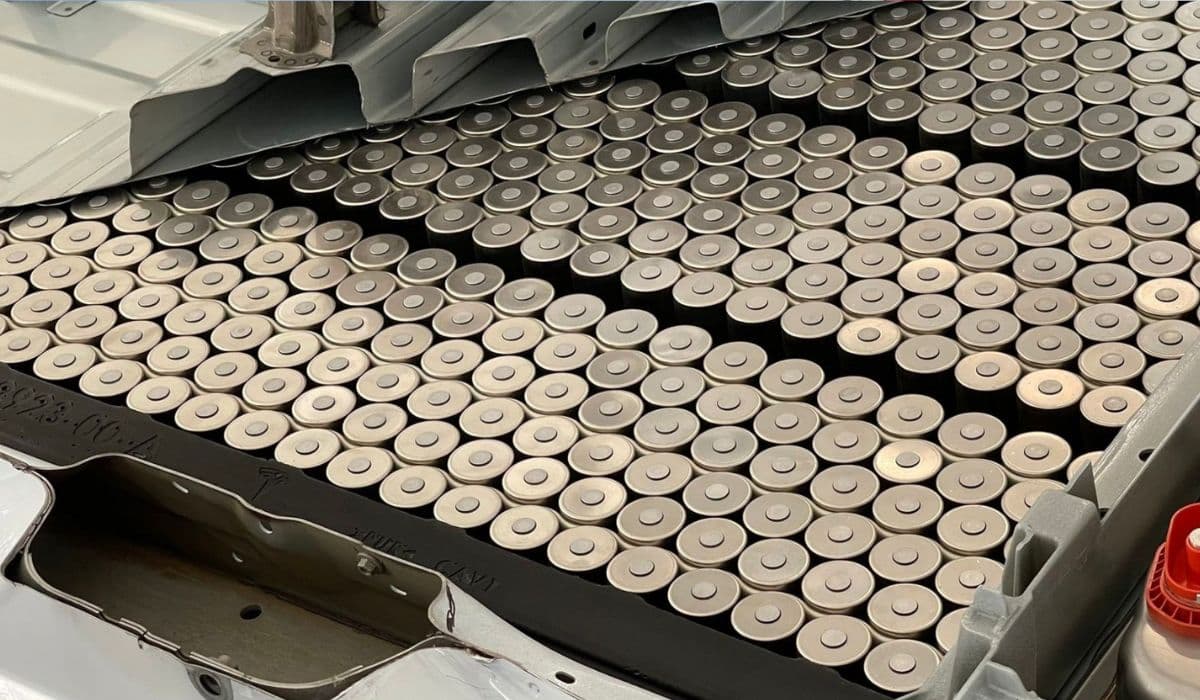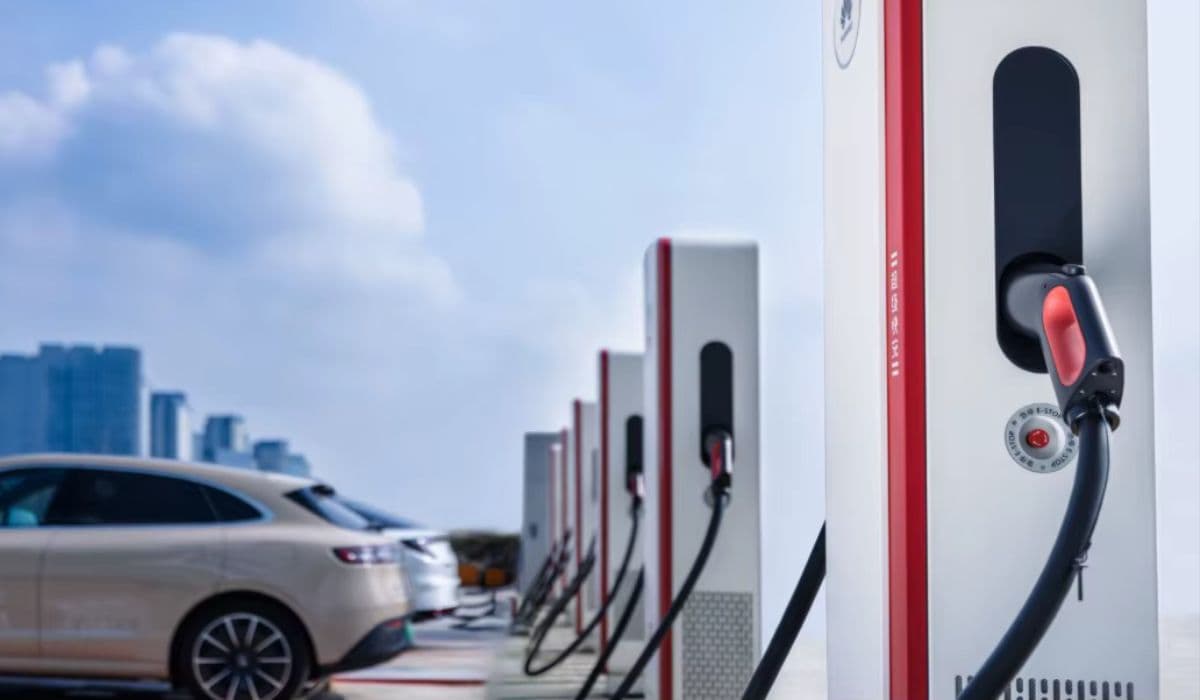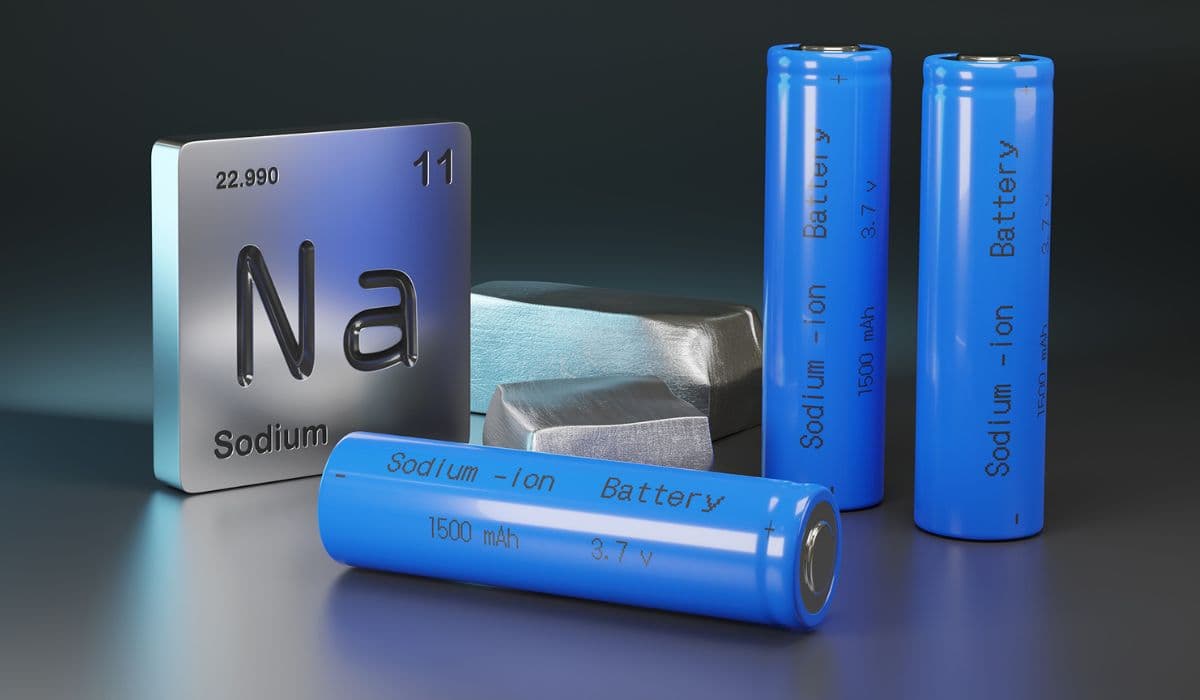Tesla 4680 Second-Generation Batteries: Cybercell Breakthrough and 2025 Production Reality

Tesla's 4680 battery cells, first unveiled at Battery Day in 2020, have evolved significantly. The second-generation variant — internally dubbed Cybercell — powers every Cybertruck today and marks a critical step toward cheaper, denser, and more efficient energy storage. By late 2025, these cells have overcome early production hurdles, achieved cost leadership, and are scaling rapidly at Giga Texas.
Design Innovations in the Second-Generation 4680 Cell
The 4680 format (46 mm diameter, 80 mm height) offers five times the capacity of the older 2170 cells while reducing parts count in structural packs.
Key Gen 2 (Cybercell) upgrades include:
- ~10-12% higher energy density — Reaching ~290-300 Wh/kg through refined nickel-rich cathode chemistry (up to 90% nickel) and increased silicon content in the anode.
- Tabless "flower" current collection — Distributing current across multiple points for lower internal resistance, faster charging, and better thermal management.
- Improved electrode thickness and porosity — Enabling higher active material loading without sacrificing cycle life.
- Enhanced coatings and doping — Reducing side reactions and improving longevity.
These changes deliver real-world benefits: Cybertruck packs sustain higher continuous power, charge faster on V4 Superchargers, and show lower degradation under 5% after 50,000 miles in fleet testing.
Dry Electrode Process: The Holy Grail Now in Validation
The original 4680 vision hinged on dry electrode coating (acquired from Maxwell Technologies) to eliminate toxic solvents, massive drying ovens, and solvent recovery systems — cutting factory footprint, energy use toxic solvents, massive drying ovens, and solvent recovery systems — cutting factory footprint, energy consumption, and capex by over 50%.
Status as of November 2025:
- Dry cathode fully validated and entering volume production ramp in Q4 2025–Q1 2026.
- Dry anode already in high-volume use since Cybertruck launch.
- First complete dry-cathode packs tested in prototype Cybertrucks mid-2025.
- Full dry-coating lines coming online at Giga Texas and Giga Nevada in 2026.
This breakthrough makes Tesla the lowest-cost 4680 producer globally (confirmed by internal milestone end-2024), with further reductions expected as dry cathode scales.
Production Ramp and Current Output (Late 2025)
Giga Texas now operates multiple high-speed lines, producing well over 1 million cells per week.
Key metrics:
- Cumulative production exceeds 150+ million cells by November 2025.
- Annualized run-rate → 15-20 GWh/year from Texas alone (enough for 100,000–150,000 Cybertrucks annually).
- Additional capacity from suppliers (Panasonic Nevada, LG Arizona pilot) and internal Nevada expansion starting Q1 2026.
- Yield rates consistently above 95%, with weeks of finished-cell inventory ahead of vehicle assembly.
The ramp supports current Cybertruck production (~3,000–4,000/week) and provides buffer for upcoming models.
Vehicle Integration and Performance Impact
Every Cybertruck (Foundation Series, AWD, Cyberbeast) ships with Gen 2 4680 packs (123 kWh, ~1,344 cells).
Real-world advantages:
- Faster charging → Regularly exceeding 300 kW sustained on V4 dispensers.
- Better cold-weather performance → Thanks to lower resistance.
- Higher efficiency → Contributing to Cybertruck's surprising 320–340 mile real-world range despite its mass.
- Structural pack integration → Reducing vehicle weight and increasing stiffness.
The same Cybercell platform will underpin:
- Tesla Semi volume production (2026)
- Next-gen compact vehicle ("Model 2"/Robotaxi variant)
- Future Model Y Juniper structural packs in select configurations
Cost Reduction Achievements and Future Targets
End-2024, Tesla's 4680 team became the company's lowest-cost-per-kWh cell producer — beating imported 2170 and LFP cells when including IRA benefits and logistics.
Path forward:
- Full dry-cathode ramp in 2026 → Additional 20-30% cost drop.
- NC05/NC30 variants (new chemistries) already in pilot for even higher density and lower cobalt.
- Long-term target → Below $50/kWh at pack level by 2027–2028.
These savings directly enable sub-$30,000 vehicles and profitable Robotaxi operation.
Tesla's second-generation 4680 cells — the Cybercell — have transitioned from troubled prototype to production powerhouse in 2025. With dry cathode now scaling, record-low costs achieved, and output supporting six-figure vehicle volumes, the original Battery Day promises are materializing. The technology not only powers today's Cybertruck but lays the foundation for Tesla's affordable next-gen platform, Semi, and autonomous fleet — proving that vertical integration and relentless manufacturing innovation remain Tesla's strongest competitive moat.


